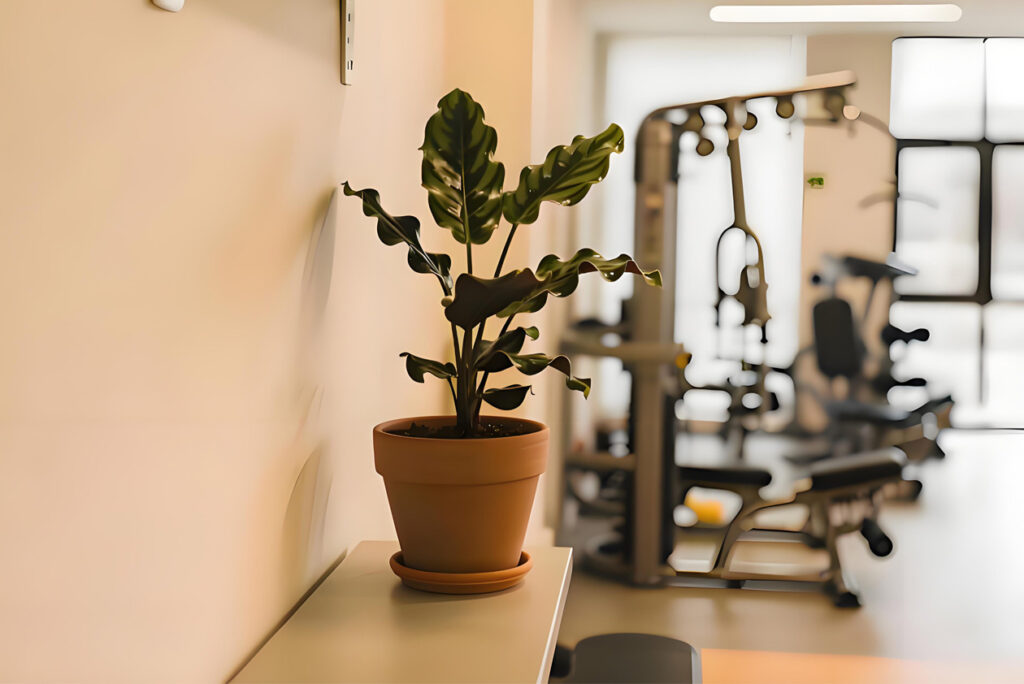Decoding Plant “Language” Signals: The Distress Calls Behind Curled Leaves and Faded Flower Colors
Around us, plants are quiet green companions growing silently, but did you know they actually have their own “language” and send out distress signals when in crisis? Abnormal leaf curling and faded flower colors are their ways of “pouring out” their growth troubles. This article will delve into these plant distress calls, helping you accurately gauge your plants’ health so they can thrive under your care.
I. The Mystery of Plant “Language” Signals
While plants cannot speak through sounds, they have a unique signal transmission system. When subjected to pest infestations, environmental stress (such as drought, high temperatures, or imbalanced soil nutrients), plants trigger internal physiological and biochemical reactions, leading to changes in their appearance, shape, and color. These changes are their “language” signals, with leaf curling and faded flower colors being common distress calls that often hide complex growth difficulties.
II. Possible Causes of Leaf Curling
(1) Drought Stress
When plants lack water, the turgor pressure in leaf cells decreases, and the cells gradually shrink. To reduce water evaporation, leaves curl. For example, potted pothos, when left unwatered for a long time with dry soil, will have leaves curling inward from the edges—this is its way of saying “I’m thirsty,” reminding you to replenish water promptly to maintain its normal life activities.
(2) Excessive Sunlight
Under intense sunlight, leaf temperatures rise, and evaporation increases. To avoid excessive water loss, leaves curl to reduce their exposure area to sunlight. Shade-loving flowers like azaleas, if placed in direct sunlight, will have leaves curl quickly and show burn marks—this is their “protest” against too much light, requiring immediate relocation to a cool, ventilated area.
(3) Pest and Disease Infestations
Pests such as aphids and red spiders suck sap from leaves, causing insufficient nutrient supply and tissue damage, leading to curling and deformation. Additionally, certain fungal or bacterial infections can damage leaf cells, triggering curling. For instance, when roses are affected by black spot disease, dark spots appear on leaves, and in severe cases, leaves curl and wilt—this is a distress call saying “I’m sick,” requiring timely pest and disease control measures.

III. Potential Factors for Faded Flower Colors
(1) Insufficient Sunlight
Flower color formation is closely linked to photosynthesis. Adequate light promotes the synthesis of pigments like anthocyanins, keeping flowers vibrant. With insufficient light, anthocyanin production decreases, causing colors to fade. For example, African violets in low-light environments will have their deep purple flowers gradually fade—this is a reminder that “I need more sunlight to show my beauty.”
(2) Nutrient Deficiency
Plants require various nutrients for growth, and vibrant flower colors depend on sufficient nutrition. For example, phosphorus deficiency fades flower colors because phosphorus is involved in synthesizing pigments in flowers and energy metabolism. If soil lacks phosphorus, flowers like pansies will change from bright yellow or purple to pale yellow or lavender—this is the plant signaling “I need more nutrients.”
(3) Unsuitable Temperature
Temperature significantly affects flower color. Too low or too high temperatures disrupt physiological activities in flowers and interfere with pigment formation and stability. For example, phalaenopsis orchids, when exposed to temperatures below 15°C, will have faded flowers because cold inhibits anthocyanin synthesis—this is their way of saying “The temperature is wrong; it’s affecting my appearance.”

IV. How to Decode Plant Distress Signals?
(1) Focus on Key Points in Daily Observation
Develop a habit of carefully observing leaves and flowers during daily care. Note changes in leaf shape: Is the curling overall or partial, and to what extent? Observe subtle changes in flower color by comparing it to the normal state, and promptly catch abnormal signals.
(2) Comprehensive Analysis with Environmental Factors
When noticing curled leaves or faded flowers, analyze them alongside environmental factors. Check recent watering to see if drought is the cause; observe light intensity and duration to assess if light is excessive or insufficient; examine soil fertility for nutrient deficiencies; and monitor temperature changes to determine if conditions are suitable.
(3) Accurate Diagnosis and Response
Take targeted measures based on the cause of the distress signals. For drought, replenish water and adjust watering frequency; for light issues, relocate the plant to increase or decrease light exposure; for pests/diseases, use appropriate pesticides; for nutrient deficiencies, fertilize with required elements; and for unsuitable temperatures, move the plant to a more favorable environment.
By decoding the distress calls behind curled leaves and faded flower colors, we can care for these green lives more thoughtfully, helping them thrive and add vitality to our lives. Though plant “language” is silent, it carries rich health information—let’s listen carefully and become their attentive guardians.
GreenShip flower pots are made of high-quality, eco-friendly materials with excellent breathability and drainage. This helps maintain a healthy environment for plant roots, preventing growth issues caused by waterlogged or poorly ventilated soil, thereby reducing the chance of abnormal phenomena like leaf curling due to unfavorable conditions. Their unique design is not only aesthetically pleasing, adding a touch of nature and art to your home, but also fully considers plants’ space needs, providing ample room for healthy growth.
Choosing GreenShip flower pots means creating a comfortable, healthy home for your plants, allowing them to thrive and minimize distress signals. Let’s join hands with GreenShip flower pots, listen to plants’ “language,” and build a green, vibrant living environment together.
